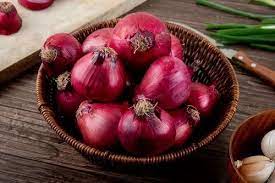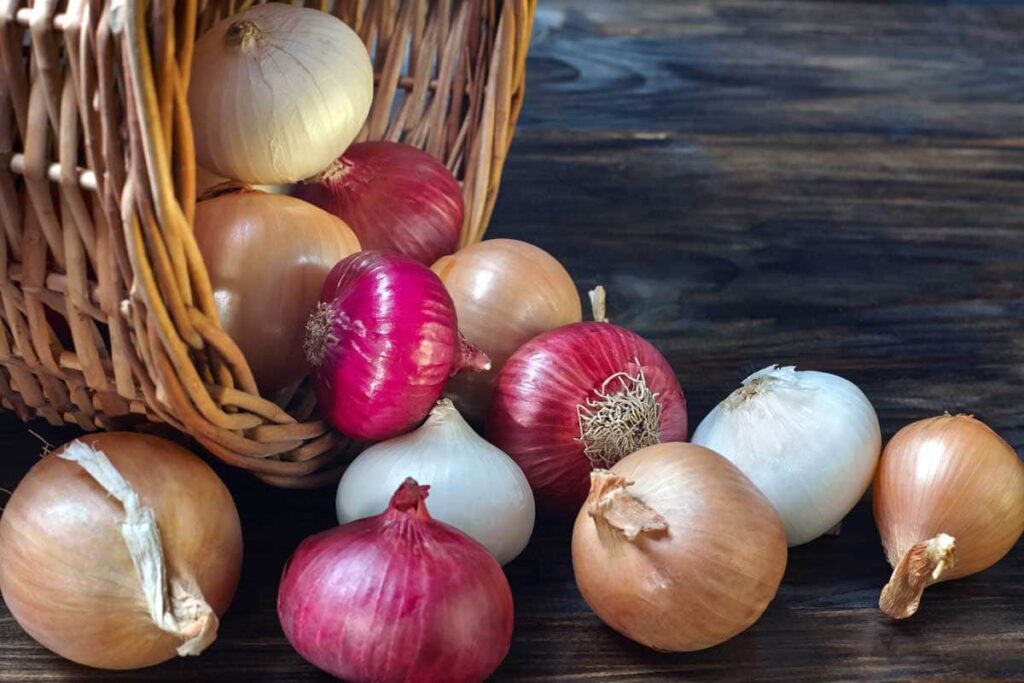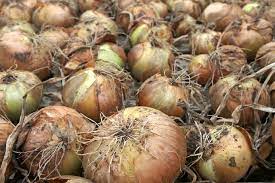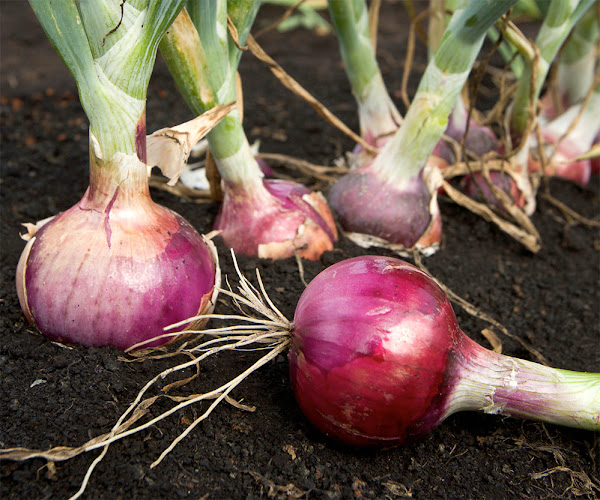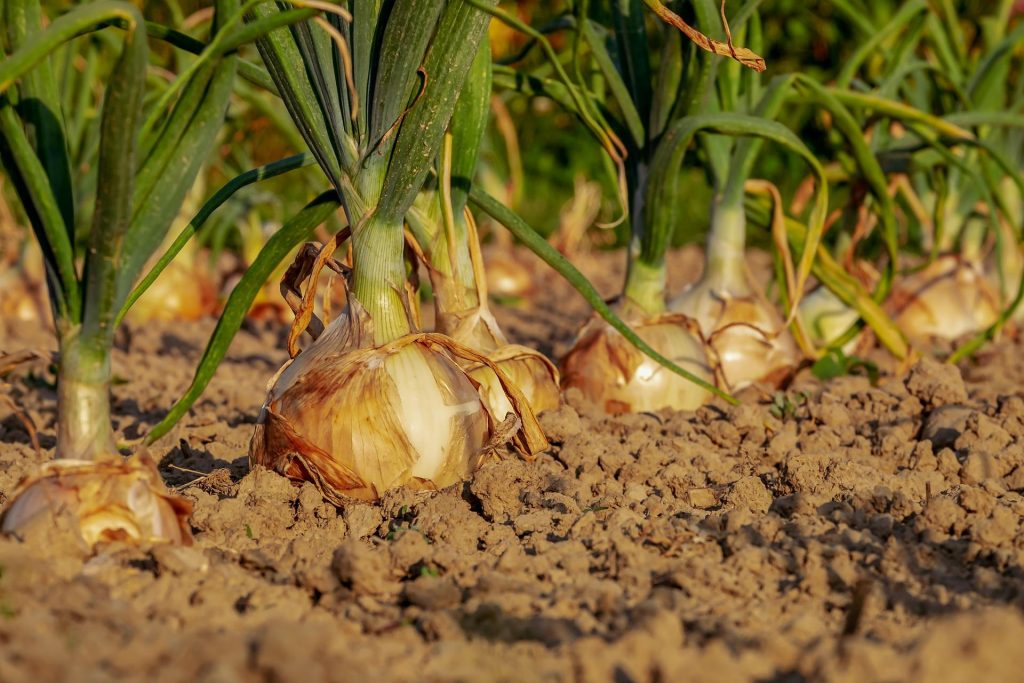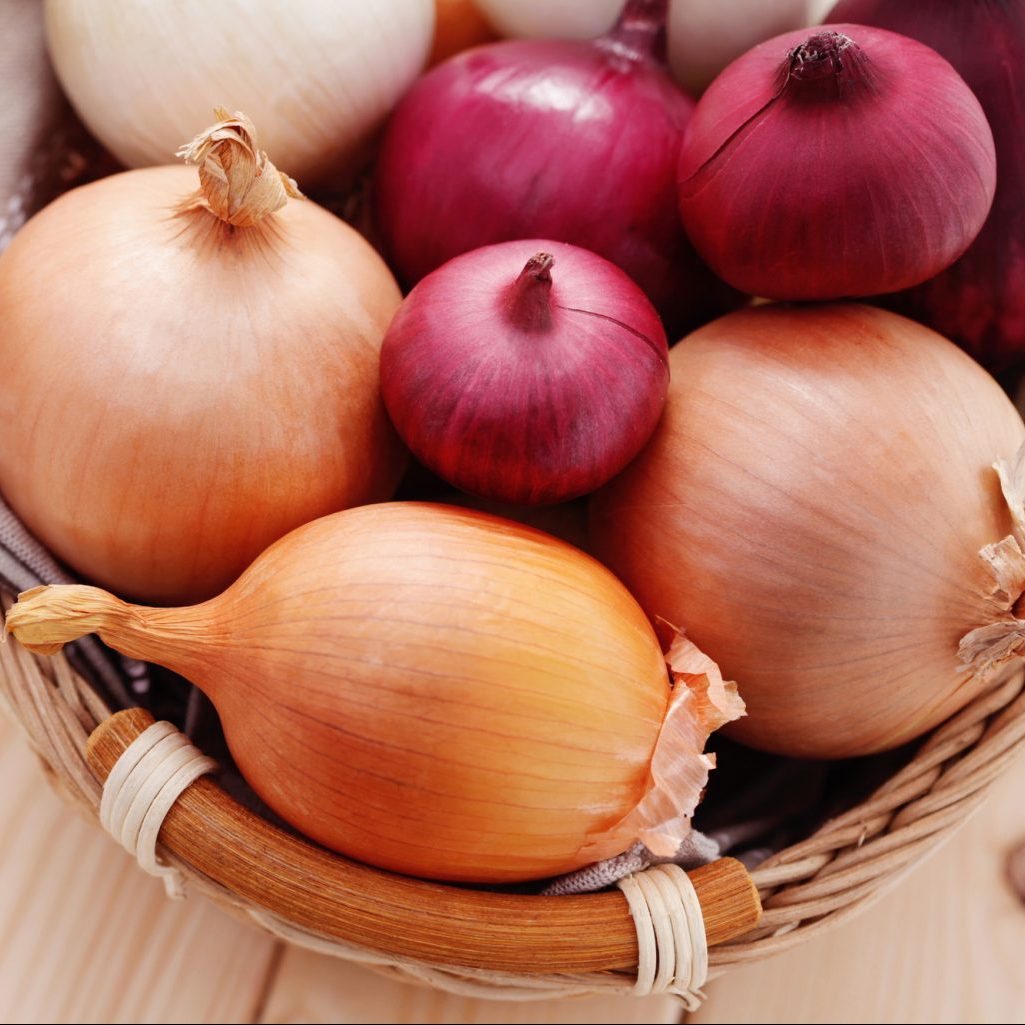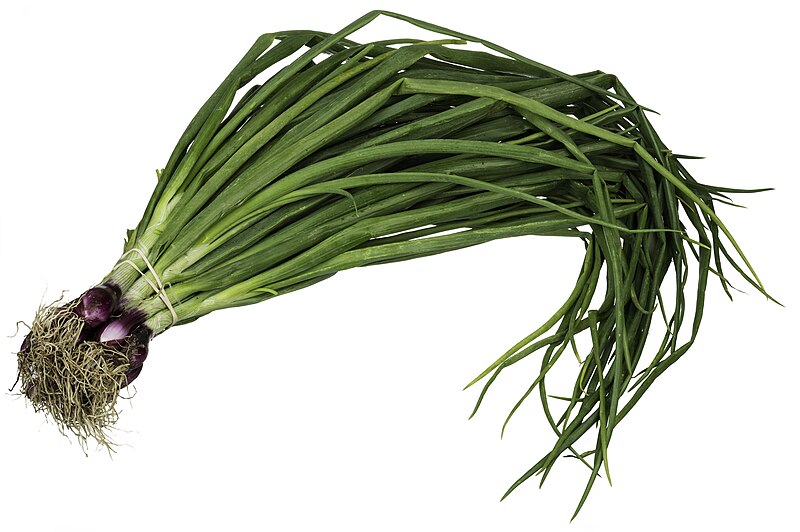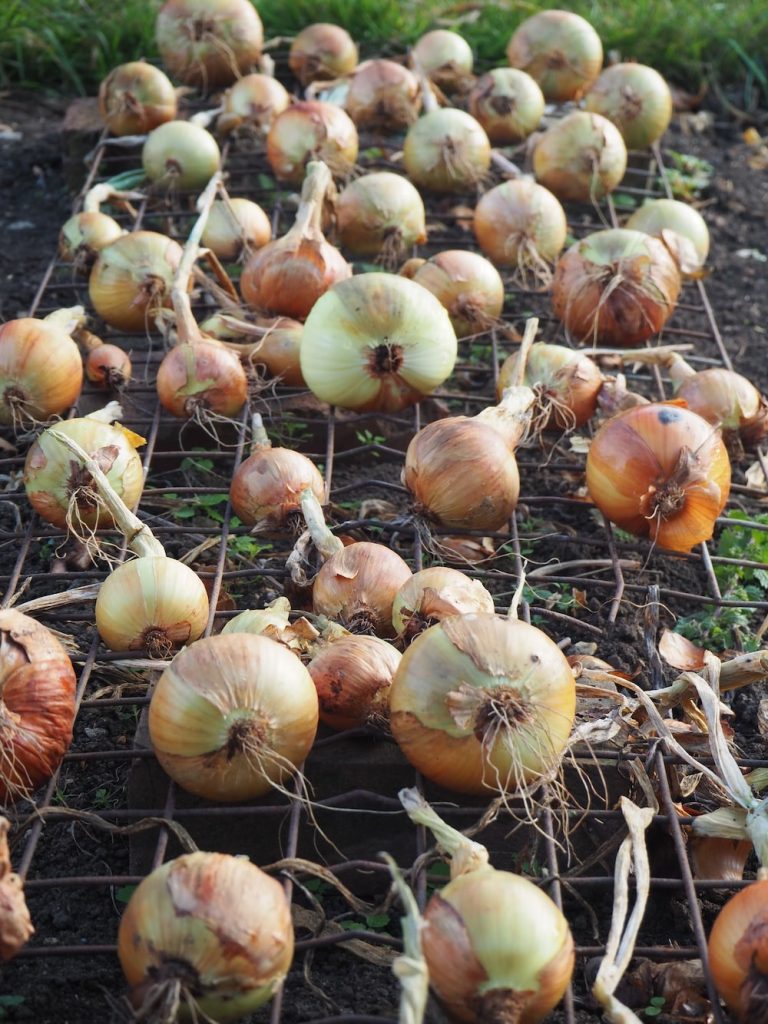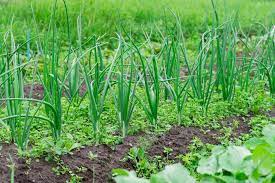Unlocking Success in Red Onion Farming in Kenya: A Beginner’s Guide”
Are you in need of in-depth knowledge on onion and garlic production? If yes, we are a call away. Contact us for: Onion seedlings, Garlic seedlings, Germinated garlic cloves, Farm planning services, Soil testing, training on onion and garlic growing, Drip irrigation installation and maintenance, Agronomic support, Onion and Garlic value pack and Farm management. For free consultation, placing orders or booking a visit with an agronomist, please contact us via Call or what’s app +254703982228, Email: Info@oniondoctor.co.ke. You can also check out our social media handles for daily updates on TikTok: https://www.tiktok.com/@oniondoctorke?_t=ZM-8wmsTu0qumO&_r=1 Instagram: https://www.instagram.com/oniondoctorke?igsh=MTVoaHF3aWUydTJzaQ==Facebook:https://www.facebook.com/share/16SwgYn2dG/ Youtube:https://youtube.com/@oniondoctorke?si=u5Jnd-r0qU9UDYqL and Twitter: https://x.com/OnionDoctorKe?t=FR3JXlS_oN1vjjUgAtfyzg&s=09 Embark on a journey to master the art of red onion farming in Kenya as we explore the fundamental steps tailored for beginners. Discover the secrets to cultivating and nurturing these vibrant crops, ensuring a bountiful harvest in your garden. Understanding Red Onions: To cultivate onions effectively, it is crucial to comprehend their unique characteristics. Red onions are known for their vibrant hue, pungent flavor, and crisp texture. Within the realm of red onions, various popular varieties exist, such as the Red Bull, Red Creole, and Redwing, each possessing distinct qualities that cater to different markets. Additionally, red onions have specific climate and soil requirements. They thrive in regions with moderate temperatures, preferably between (13-24°C), and well-drained, fertile soil with a pH level ranging from 6.0 to 7.5. Understanding these fundamental aspects helps beginners make informed decisions when venturing into red onion farming. Red Creole Onion Red creole onions have 4 major qualities that makes them to be outstanding among the other red onions. Red creole onions are known to be medium maturing onion, they have a dark red color, and they have awesome yield potential. The red creole onions have tight rings. For you to be able to different the red creole from the other onions, you should check its outer scale, you will definitely see very light red lines that runs to the center of the bulb; they have a pungent taste that makes them not to be as sweet as other onions though excellent in cooking and making salads. Red Grano Onion Variety The Red Grano Onion Variety is another profitable variety in Kenya. This variety is known for its deep red color and high yield. It takes approximately four months to mature and can yield up to 30 tonnes per acre. The Red Grano Onion Variety is ideal for farmers who want to target the high-end market. Red Grano Onion Variety Red Grano Onion Variety It is known for its large size, mild flavor, and excellent storage quality, making it a profitable onion variety to grow. This variety takes approximately 110-130 days to mature, and it can yield up to 30 tonnes per acre. The bulbs are large, with a diameter of up to 10cm, and they have a deep red color, making them attractive and easy to market. The Red Grano Onion Variety is also known for its mild flavor, which makes it popular in dishes that require a subtle onion taste. Red Pinoy F1 Onion Variety The Red Pinoy F1 Onion Variety is another profitable variety in Kenya. This variety is known for its deep red color and high yield. It takes approximately four months to mature and can yield up to 30 tonnes per acre. The Red Pinoy F1 Onion Variety is ideal for farmers who want to target the high-end market. Red Pinoy F1 Onion Variety Red Pinoy F1 Onion Variety It is known for its deep red color, strong flavor, and high yields, making it a profitable onion variety to grow. This variety takes approximately 120-150 days to mature, and it can yield up to 30 tonnes per acre. The bulbs are round, with a diameter of up to 8 cm, and they have a deep red color, making them attractive and easy to market. The Red Pinoy F1 Onion Variety is also known for its strong flavor, which makes it popular in dishes that require a robust onion taste. Plant: Amend The Soil For Onions One of the keys to growing red onions is to give them a good start with the best soil possible. The soil should be well-draining; standing water will cause the bulbs to rot. Mix two inches of compost into the soil first, which will give your onion sets the initial burst of nutrients needed to grow. Mix an organic or time-release fertilizer into the soil before planting. The fertilizer should be under the planting furrow, which is called banding. You want the nutrients where the roots of the onion need them the most. The soil should be between 6.0 to 6.8. To start your onion bed off properly, make sure you use a hard rake or hoe to loosen the soil. Remove all rocks and weeds as well. Root crops need loose soil to grow down into the ground. Water Drip Irrigation in Onion Farming Being a water saving method it only enhances wetting patterns of onion root zones. This plays an important role in reducing rapid growing weeds that lowers yield. Drip irrigation enhances a balance in water supply to onions. Individual drops of water accumulate to a level required for efficient production. Water is available to onions every time, mostly, during critical growth levels. Drip irrigation moistens the soil and maintains the soil temperature, PH, and fertility. With drop-by-drop irrigation, the cooling effect, erosion, and humus removal does not occur. Labor requirements are low for drip irrigation. With water supply and distribution done by pipework, no casuals or manpower to operate the drip system. Drip irrigation rarely exposes onion bulbs and roots unlike other methods where water hits the ground at high pressure prone to erosion. With minimum water utilization, you can water a large farm with more onion plants with drip irrigation. Drip allows for fertilizers to be distributed easily and uniformly through drip. Fertilizers are mixed and introduced to plants through drip lines. Red onions require at least one inch of water each week. If it doesn’t rain, give your plants a good
